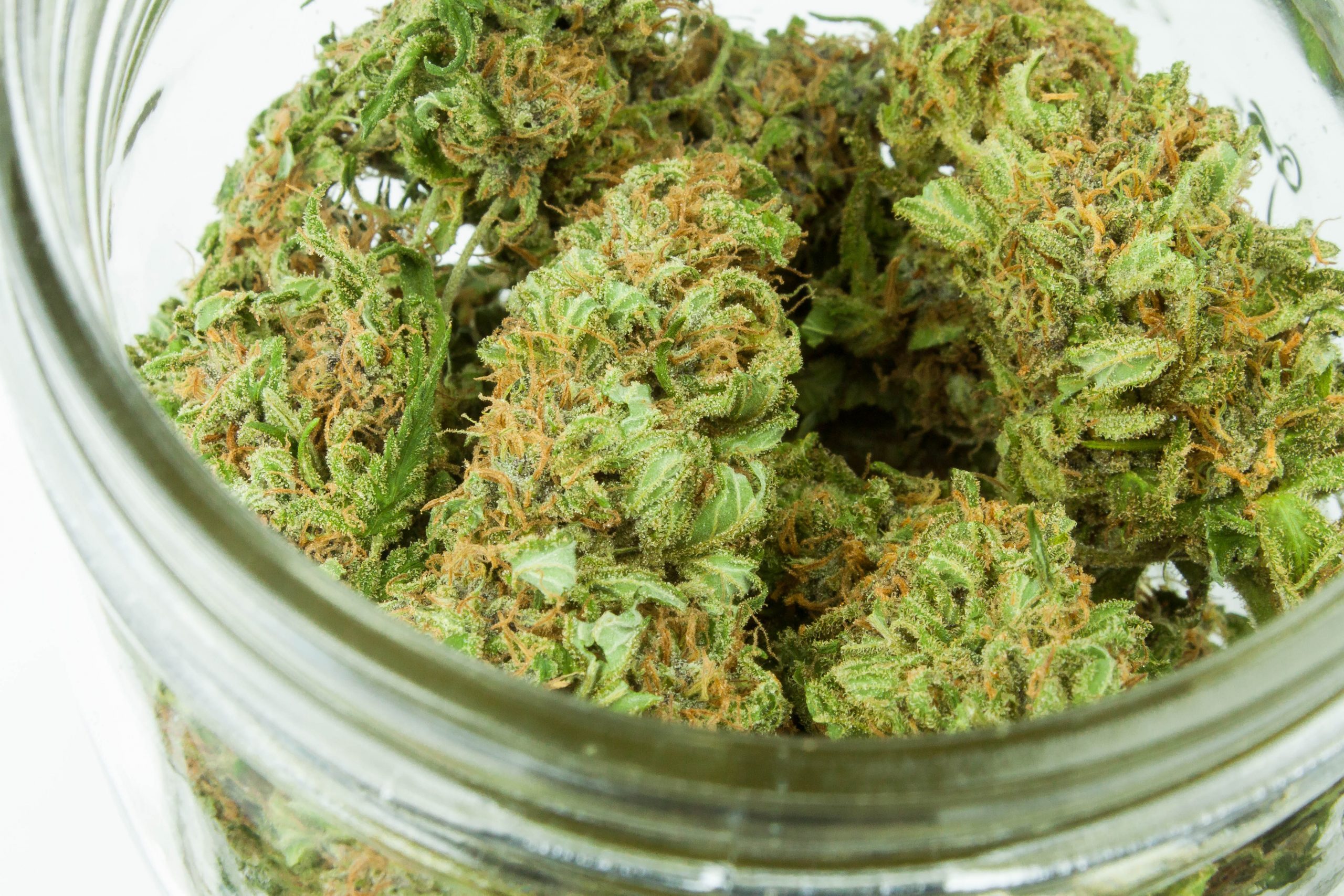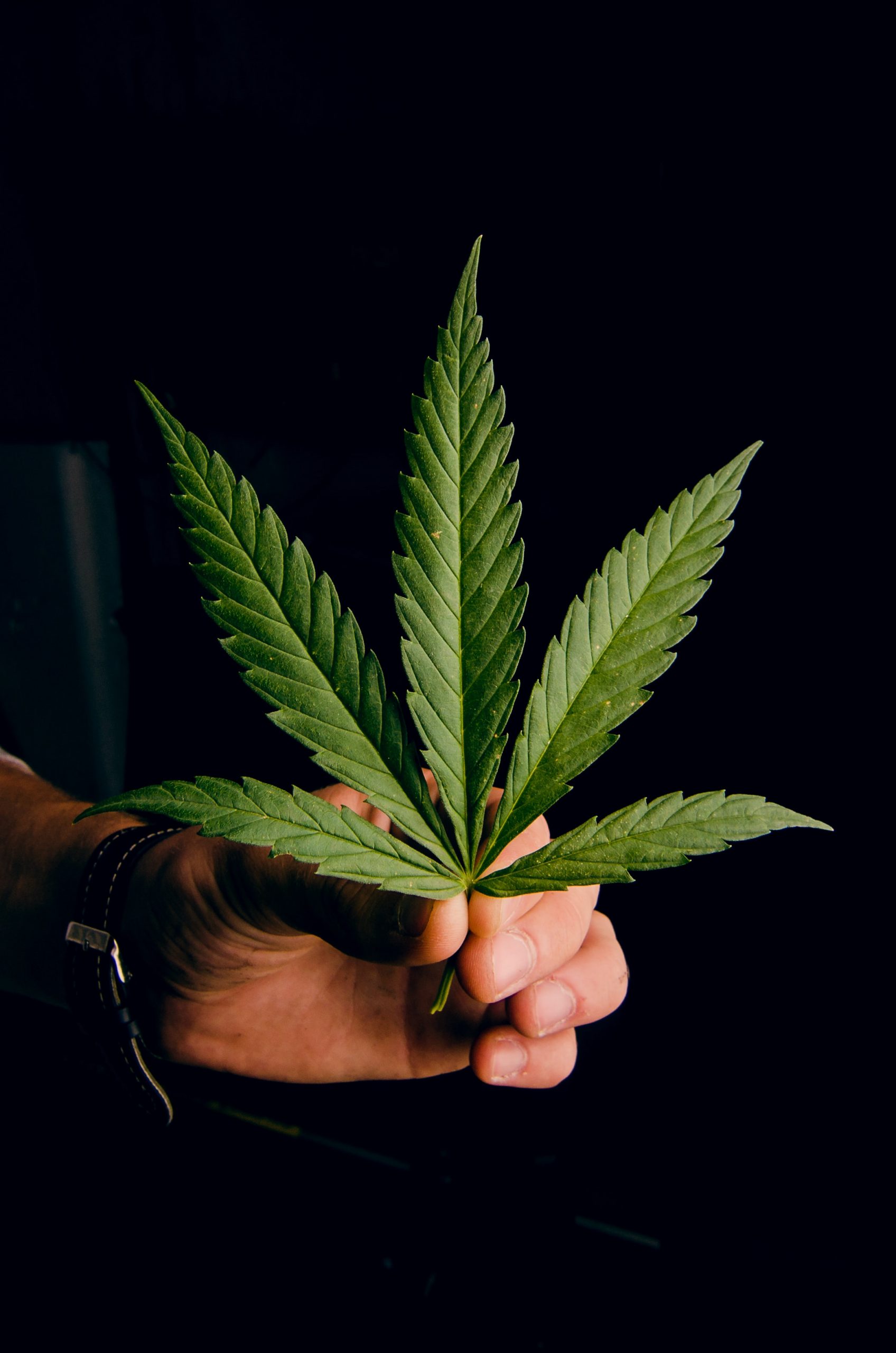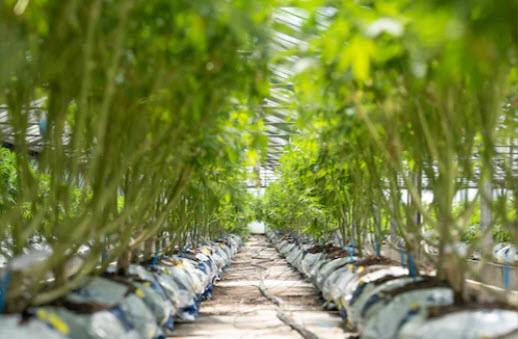All eyes are on Germany internationally this year as the country is still on track for recreational cannabis reform. But what does it take to do business now and in the immediate future?
Everyone in the international cannabis industry in certain parts of the world, wants access to Germany. It is one of the largest medical cannabis markets globally and certainly in total euro value, the most valuable. Unlike any in North America, is still reliant on EU GMP certified flos (flower) of the non-hemp and high THC variety. This in and of itself is an issue for anyone producing in another country, let alone outside of Europe.
Many wiggles also exist for getting CBD, of any shape into German sales streams, particularly if it is imported.
This is a very brief primer on what some of the bigger issues are in the present and immediate future.
The German Market’s Medical Regulations Are Not Negotiable
In the current environment, where the bid still regulates and sets prices for domestic wholesale and retail cannabis and also has set a very high certification standard for anything distributed as medicine, there are also ballpark price ranges that those new to this market frequently hear for the first several times with disbelief.
Here is the first price list that is mandatory knowledge when negotiating. The bid set these out and they will be in effect until the end of the bid period.
- Cultivation costs (in Germany and indoor, EU GMP) – Approximately 1.15 euros per gram
- Wholesale price (to German distributors): 2.30 per gram.
- Wholesale price (distributors to pharmacy) 4.20 per gram
- “Retail” price (pharmacies to patients/insurance companies)
The imported prices for cannabis must more or less track this model. This includes the fact that growers outside of Germany need to be able to land EU GMP certified cannabis in the country for a total wholesale price of 2.30-2.80 per gram if they hope to enter the market competitively.
This is true no matter how “badass” your bud.
Most cannabis at point of retail is selling at between 8-9.15 euros per gram (which is compensated by health insurers). Patients on private health insurance have more choice since they are paying for this themselves, and there are in fact a few strains on the market that still cost as much as eighteen euro a gram. However, these are the extreme outliers. Planning to hit this segment and only sell to this tiny sliver of a small market is a sure-fire plan for failure.
This includes the other corollary about this market. Namely that the price for raw flower of GACP certification, with all additional costs of transport, certification, and downstream marketing via only pharmaceutical channels, will never be price competitive over about 1.50 euros per gram (landed in Germany). This is because the certification costs inside Germany are over one euro per gram for this kind of imported product currently.
This price construct also means that a distributor or wholesaler in this market needs to purchase wholesale bulk cannabis for a total of no more than about 2.50 euros per gram from producers, landed in Germany and post GMP certification. This is because the distributor or reseller must then sell such product (generally speaking) to pharmacies, who, if they serve publicly insured patients, for at maximum, for a price range of no more than 4.50 euros per gram.
There are exceptions of course, but what foreign exporters also generally fail to realize is that the German healthcare system is set up to promote generic drugs, including cannabis. Even if your flos is top quality and gold standard, this is not the market to get the top price. You must enter in the generic price construct and establish oneself from there.
For those who have sold into foreign markets including Australia and Israel, this may come as a bit of a shock. But it is not going to change. In fact, after legalization and the end of the bid period, prices for the medical market are likely to get more competitive, not less.
Those in Europe face a bit of an easier path to entering Germany, but it is still not an easy trajectory, and nobody is making money doing this.
This also means that finding financing for this market will remain difficult, even for those who have existing market share.
The German Recreational Market Will Initially Be Verboten for Auslanders
Assuming that the EU approves the German regulation now in the process of being drafted, the German recreational cannabis market will almost certainly be off limits for anyone hoping to import here – from anywhere – at least in the beginning. There is a certain logic to this – namely that the government wants to stem the flow of foreign cannabis across borders, particularly of the non GMP kind. They also clearly will follow national policy in trying to create a domestic market here as well.
The recreational market will eventually open up here to imports, but don’t hold your breath. Five years is certainly a reasonable benchmark.
What this opening will do, however, is create a market for imported recreational products in places like the Czech Republic, which, after it creates its own domestic recreational cannabis industry, will likely become one of the distribution hubs across Europe for the same.
Recreational cannabis will also have to essentially match the prices set not only by the black market but also by the medical one.
The CBD Market Is Still Choppy – And Will Be for Awhile
Thanks to last year’s federal decision on cannabis flower, the CBD flower market here is in a very strange place. It is not that such product has disappeared from the market, but what is available has trace elements of THC – well below 0.2%.
Many of the issues that keep popping up in the hemp and CBD part of the world will continue to be present until after legalization of cannabis proper. After that, expect a continually messy battle of domestic regulation in every European country, no matter what the European decisions on CBD and hemp have been and will be.
Novel Food regulation will continue to be a thorn in the side of the industry no matter the schedule of regulation of the plant and the THC percentage of the same.









